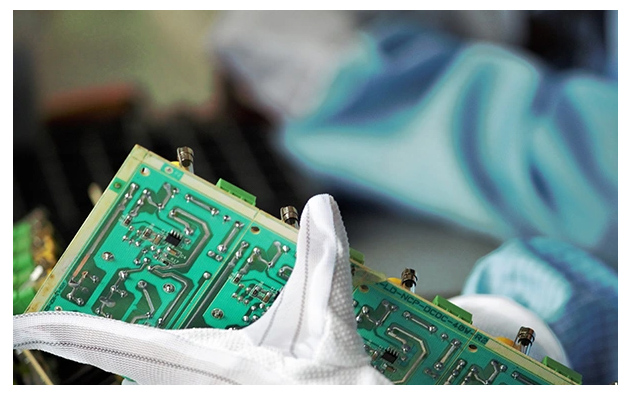Bipolar junction transistor (BJT) is a semiconductor device, which consists of three regions: n-type region (emitter), p-type region (base) and n-type region (collector). This transistor is the most commonly used one of bjt (bipolar junction transistor) series, which is widely used in various electronic equipment and circuits. This article summarizes some materials and hopes to provide valuable references for readers.
Structure and working principle
BJT has two possible structures: NPN and PNP. Both types of BJTs consist of three regions. The middle area is called the base area, and the areas on both sides are called the collection area and the emission area. The PN junction formed between these three regions is called a PNP or NPN junction.
For NPN type BJTs, the P-type region is referred to as the base region, while the N-type region is referred to as the collector and emitter regions. When the positive voltage is applied to the base region, charge carriers are injected into the base region. These carriers will pass through the base region with a certain probability and enter the collector region. The probability of this process occurring is related to the width of the base region and the applied voltage. When passing through the base region, the carriers are amplified, forming an amplifier.

Advantage
Easy to understand: BJT has a simple structure, making it easy to understand and use.
High gain: Within the appropriate working area, the gain of BJT is very high. This high gain makes BJT very suitable for use in amplifier circuits.
Signal amplification: BJT can amplify large and small signals, making them larger and easier to detect or control.
Strong controllability: BJT can adjust the current through the base voltage, thereby accurately controlling the signal and current in the circuit.
Shortcoming
Temperature sensitivity: The electrical characteristics of BJT are closely related to the ambient temperature. When the ambient temperature changes, the electrical characteristics of BJT may also change, which may lead to circuit instability.
Deviation: The electrical characteristics of BJT have a certain deviation. These deviations can lead to circuit instability and affect circuit performance.
Noise: The use of BJT may introduce some noise, as the electrons and holes contained in BJT may move throughout the device and interact with other components.
Although BJT has some drawbacks, it is still a very useful semiconductor device. Due to its very high gain, BJT is suitable for use in amplification circuits. In addition, BJT can be used in certain control circuits due to its ability to regulate current through base voltage. With the advancement of technology, the performance of BJT is constantly improving, making its application in modern electronic devices and systems more widespread.

